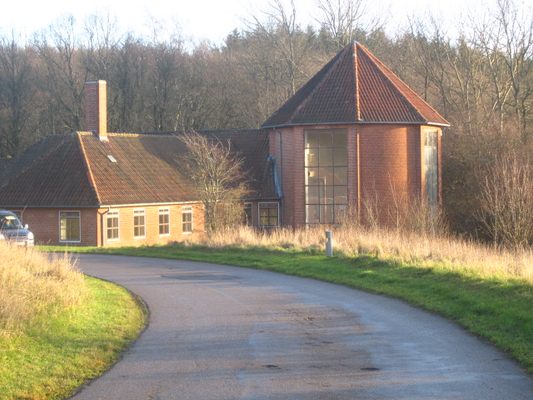About
Planning for Brorfelde, the observatory site for the University of Copenhagen, began before World War II, and the site was built after the war, during the 1950s. The two main instruments on the site were the Carlsberg Automated Meridian Circle (CAMC) and the Schmidt-Cassegrain telescope. The former was the first fully automated meridian circle, and a world-class instrument.
As Denmark joined the European Southern Observatory, the CAMC was transferred to the isle of La Palma, where far more cloudless nights would make the instrument more useful. It got last light in 2013, and the building that housed the instrument has been turned into an exhibition on the history of astrometry. The Schmidt-Cassegain telescope is still in its place. It was mainly used to find new asteroids, many of which were found and named after local places and persons, like Brorfelde, Holbæk, Gyldenkerne, Fogh and Jensmartin. The CCD in the telescope suffered a short-circuiting due to a lightning strike, however it is currently being restored.
At the base of the hill, the workshop provided world-class instrument building. Many of the instruments built at Brorfelde found their way to observatories all over the world, e.g. on La Palma, Hawaii, and Chile. Today Brorfelde has been bought by the town of Holbæk, and is being turned into an experience center, where it will be possible to learn about astronomy, geology and nature in general.
Related Tags
Know Before You Go
Arriving at Brorfelde without a car is quite hard. You can take a bus from Holbæk (420R) and then walk the last few kilometers up the hill.
For the adventurous types, it is possible to take a train to Tøløse, and take a bike from there to Brorfelde.
Published
July 4, 2016




























